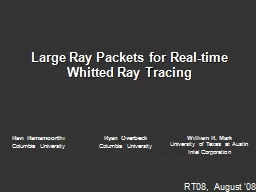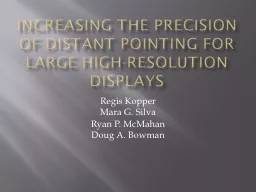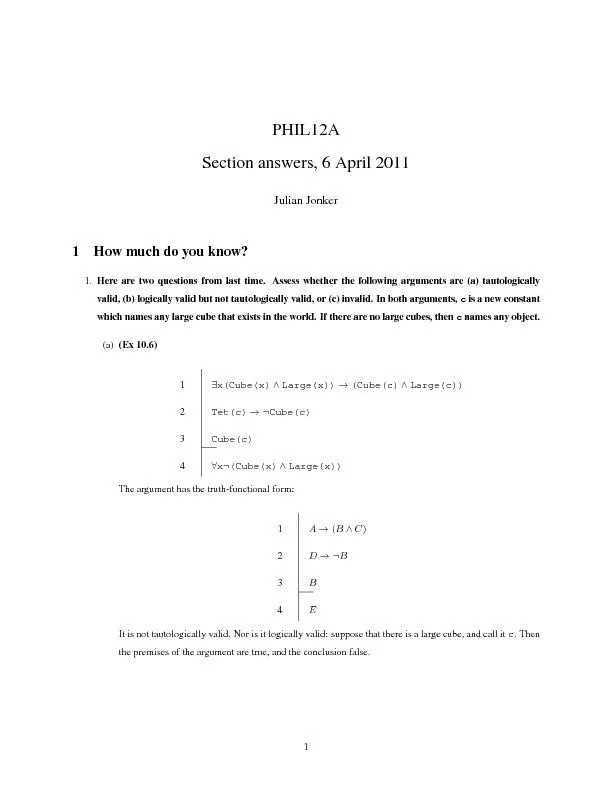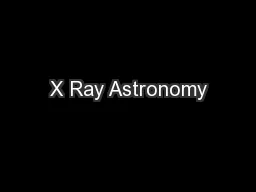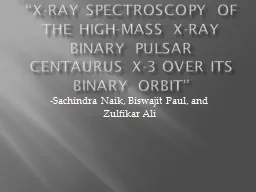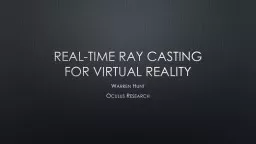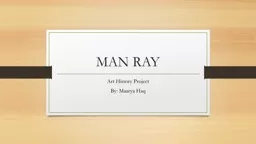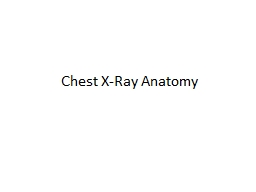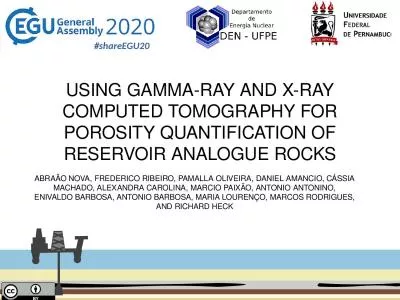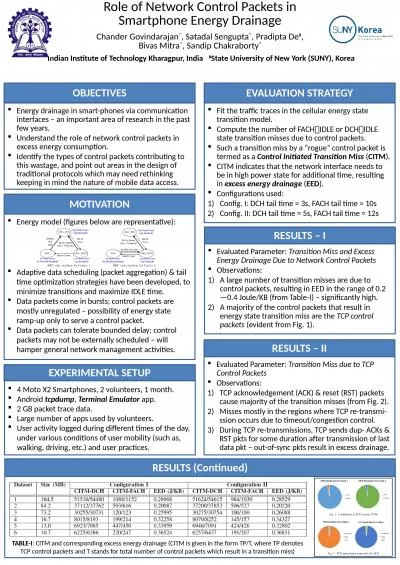PPT-Large Ray Packets for Real-time
Author : alida-meadow | Published Date : 2016-03-13
Whitted Ray Tracing Ryan Overbeck Columbia University Ravi Ramamoorthi Columbia University William R Mark University of Texas at Austin Intel Corporation Current
Presentation Embed Code
Download Presentation
Download Presentation The PPT/PDF document "Large Ray Packets for Real-time" is the property of its rightful owner. Permission is granted to download and print the materials on this website for personal, non-commercial use only, and to display it on your personal computer provided you do not modify the materials and that you retain all copyright notices contained in the materials. By downloading content from our website, you accept the terms of this agreement.
Large Ray Packets for Real-time: Transcript
Download Rules Of Document
"Large Ray Packets for Real-time"The content belongs to its owner. You may download and print it for personal use, without modification, and keep all copyright notices. By downloading, you agree to these terms.
Related Documents

